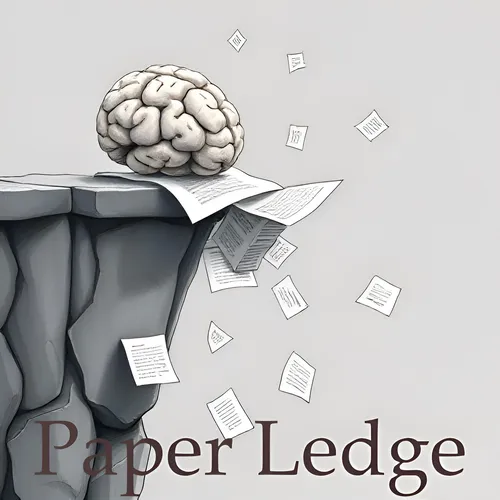Machine Learning - ActivityDiff A diffusion model with Positive and Negative Activity Guidance for De Novo Drug Design
- Author
- ernestasposkus
- Published
- Mon 11 Aug 2025
- Episode Link
- https://www.paperledge.com/e/machine-learning-activitydiff-a-diffusion-model-with-positive-and-negative-activity-guidance-for-de-novo-drug-design/
Hey PaperLedge crew, Ernis here, ready to dive into some cutting-edge research! Today, we're tackling a paper about designing better drugs, and believe me, it's more fascinating than it sounds. Think of it like this: designing a drug is like trying to hit a specific target with a dart – you want it to affect the disease but not anything else. That's the challenge.
This paper introduces a new approach called ActivityDiff, and it's all about getting more precise control over what a drug does in our bodies. Right now, a lot of drug design focuses on just one thing – making the drug effective against a single target. But what if we could design drugs that hit multiple targets at once, or, even more importantly, avoid hitting the wrong ones?
That's where the "Diff" part comes in. ActivityDiff uses something called a "diffusion model," which, in simple terms, is like starting with a blurry image and slowly making it sharper. In this case, the "blurry image" is a random molecule, and the sharpening process is guided by what the researchers want the drug to do – and not do.
The magic ingredient here is something called "classifier guidance." Imagine you have two coaches: one tells you what you're doing right (the "positive guidance"), and the other tells you what you're doing wrong (the "negative guidance"). ActivityDiff uses two separate "coaches" – or classifiers – trained to recognize molecules that are good at hitting the desired target and molecules that are bad because they hit the wrong targets and might cause side effects.
"ActivityDiff effectively handles essential drug design tasks… demonstrating the effectiveness of classifier-guided diffusion in balancing efficacy and safety in molecular design."
So, the model starts with a random molecule and then, step by step, guided by these two coaches, it shapes the molecule into something that's more likely to be effective and less likely to be harmful. The researchers tested ActivityDiff on a bunch of common drug design problems:
- Creating drugs that hit one target.
- Creating drugs that hit two targets – maybe to tackle a disease from multiple angles.
- Fine-tuning existing drugs to be more specific – like making sure that dart really hits the bullseye.
- And, crucially, reducing those nasty off-target effects – avoiding the side effects that can make taking medication so unpleasant.
The results were really promising! ActivityDiff was able to generate molecules that were both effective and safer.
Now, why should you care? Well, if you're a scientist, this is a powerful new tool for drug discovery. If you're a doctor, this could lead to better, more targeted treatments for your patients. And if you're just a regular person, like me, this means the potential for drugs with fewer side effects and that are more effective at treating diseases.
ActivityDiff presents a new way to have integrated control over molecular activity. It's a versatile and extensible framework, according to the researchers.
This research really opens up some interesting questions, doesn't it?
- Could ActivityDiff be used to design drugs that are personalized to an individual's unique genetic makeup?
- How easily can this method be adapted to tackle completely new diseases, or to deal with drug resistance?
Food for thought, PaperLedge crew! I hope you found that breakdown interesting. Until next time, keep learning!
Credit to Paper authors: Renyi Zhou, Huimin Zhu, Jing Tang, Min Li
